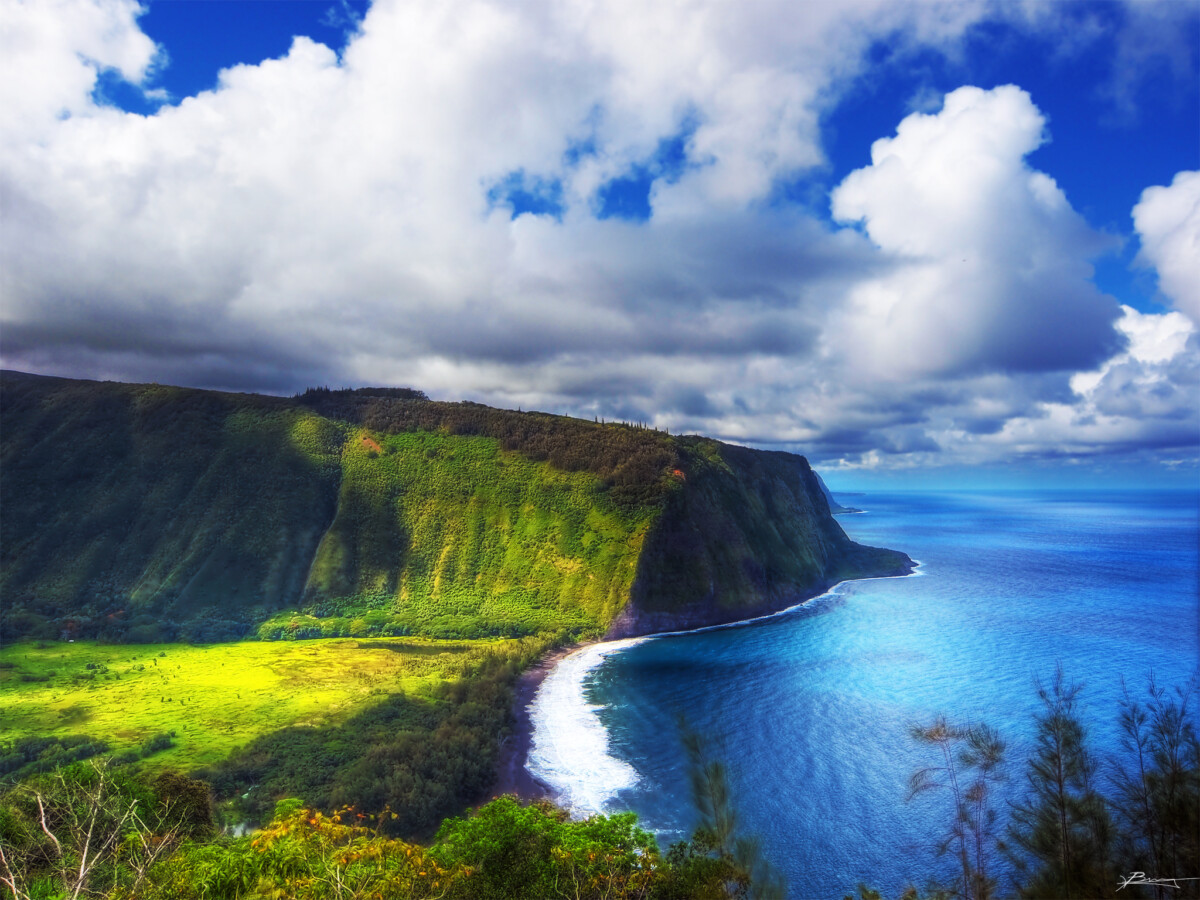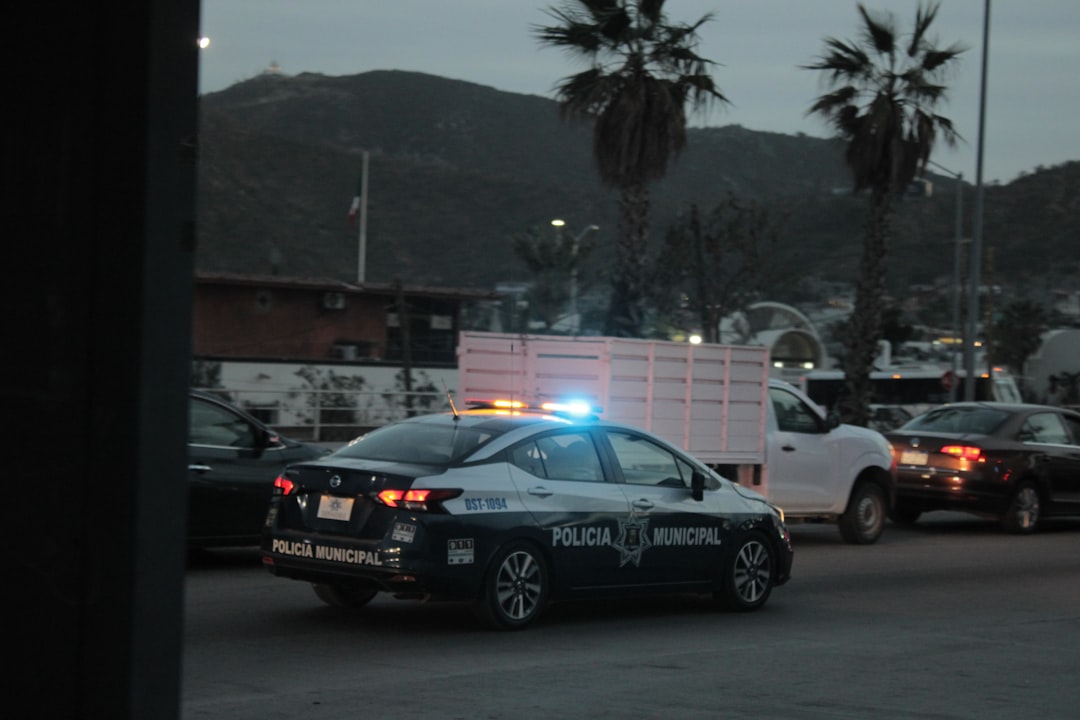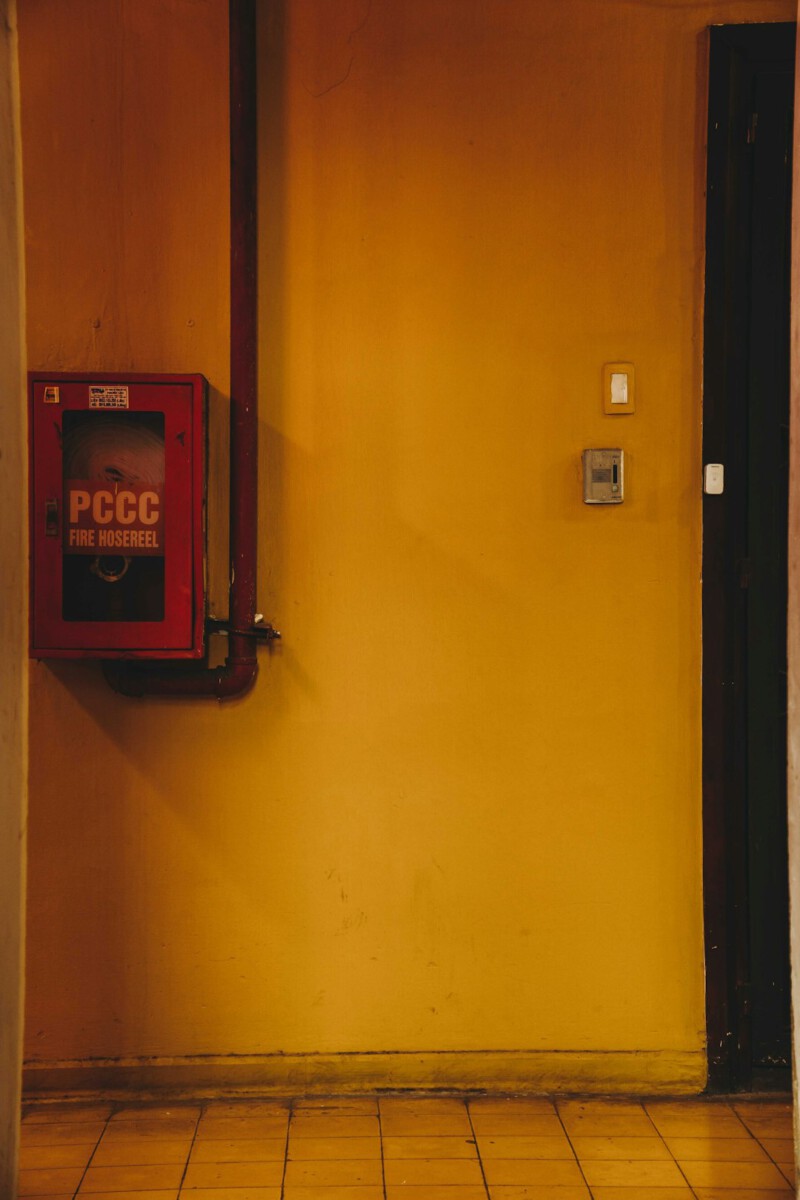Nature’s Ultimate Fortress
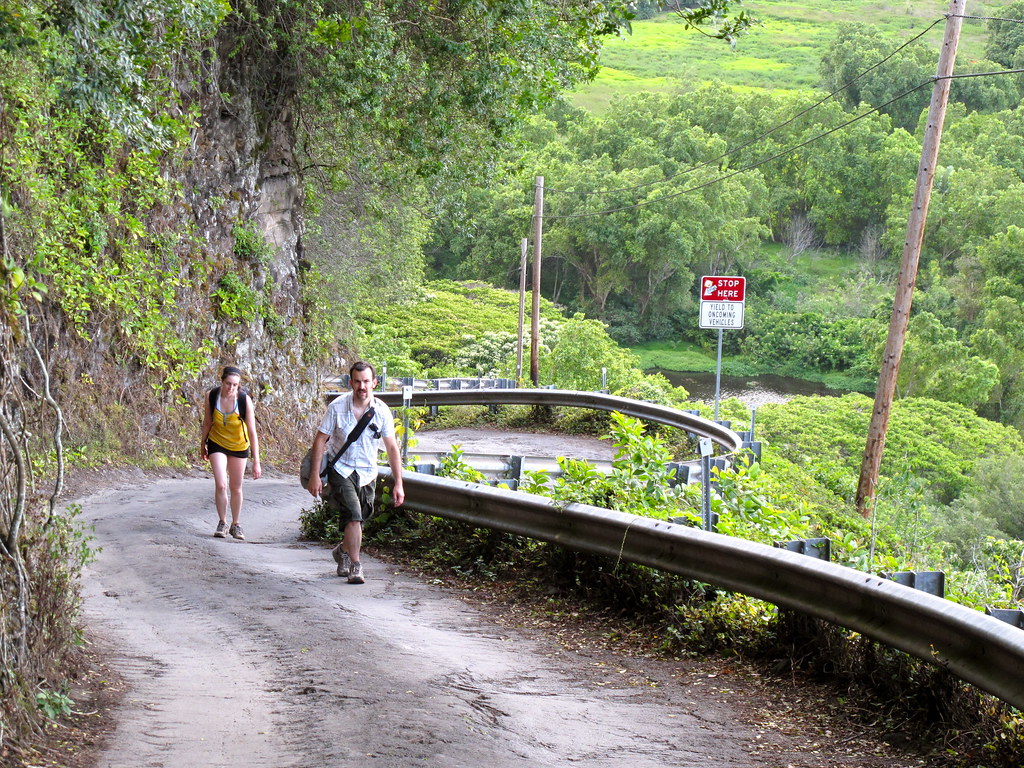
Deep within Hawaii’s Big Island lies a place so remote and treacherous that driving non-4×4 vehicles into the valley can be, and has been, fatal. Survivors may also be unable to get their non-4×4 vehicles out of the valley without an extremely expensive tow. Waipio Valley isn’t just another tourist destination – it’s a natural fortress where modern civilization meets ancient Hawaiian traditions in the most dramatic way possible.
The valley floor at sea level is almost 2,000 ft (610 m) below the surrounding terrain. A steep road leads down into the valley from a lookout point located on the top of the southern wall of the valley. The road rises 800 feet (240 m) in 0.6 miles (1.0 km) at a 25% average grade, with significantly steeper grades in sections. Some parts reach gradients so steep they challenge the very definition of what constitutes a road.
The Steepest Road in America Becomes Impassable
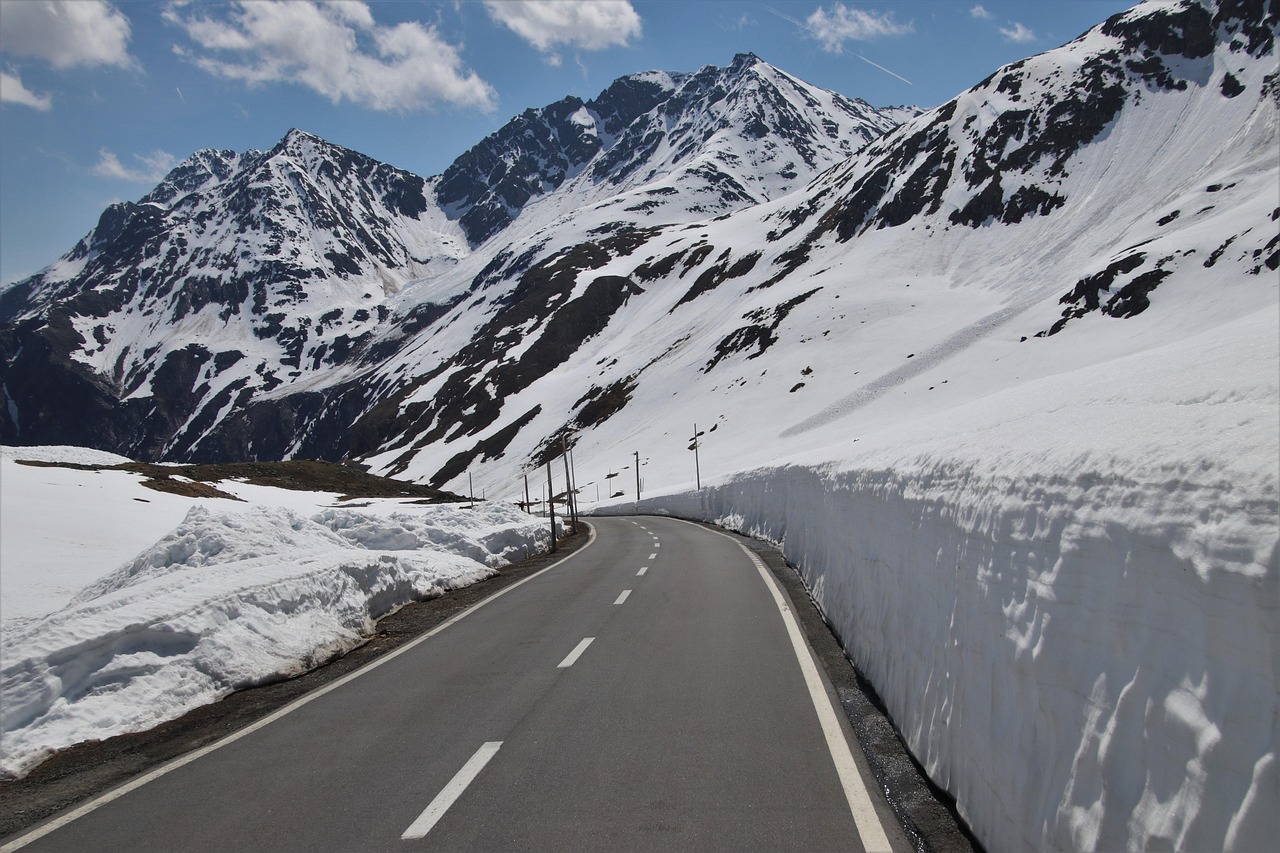
Some portions of the road can reach up to a 45% grade, which would make Waipiʻo Valley Road the steepest in the world, compared to Baldwin Street’s 35%. It is the steepest road of its length in the United States. This engineering marvel became too dangerous for public use, forcing authorities to take drastic action. On February 25, 2022, the County of Hawaii decided to close the road indefinitely due to the imminent threat of slope and roadway failure threatening the health, safety, and welfare of the people, although locals are suing to reopen it. Now, the popular visitor attraction will only allow residents and leaseholders with agricultural businesses into the area.
The road’s closure wasn’t a sudden decision but the result of mounting safety concerns. Vehicles must descend in first gear, low range, to avoid brake failure. The deteriorating road conditions and occasional rockslides made the already dangerous route even more of a concern for the state. What once challenged brave drivers now challenges even the most determined residents to maintain their connection to this isolated valley.
Emergency Rules That Changed Everything

The emergency rules were initially enacted by former Mayor Mitch Roth in 2022. The County says “the rules limit vehicle access to Hawaiʻi County residents, permitted licensed/insured tour operators, and Native Hawaiians claiming the exercise of traditional and/or customary rights.” These weren’t temporary measures – they represented a fundamental shift in how one of Hawaii’s most sacred places would be accessed.
Mayor Kimo Alameda has signed the 15th Waipio Valley Road Declaration of Emergency – and the related emergency rules – due to ongoing safety concerns. The new declaration is in effect from January 6th through March 6th. Nearly three years after the initial closure, the emergency continues, making Waipio Valley one of the most inaccessible places in Hawaii.
The Valley of Hawaiian Kings
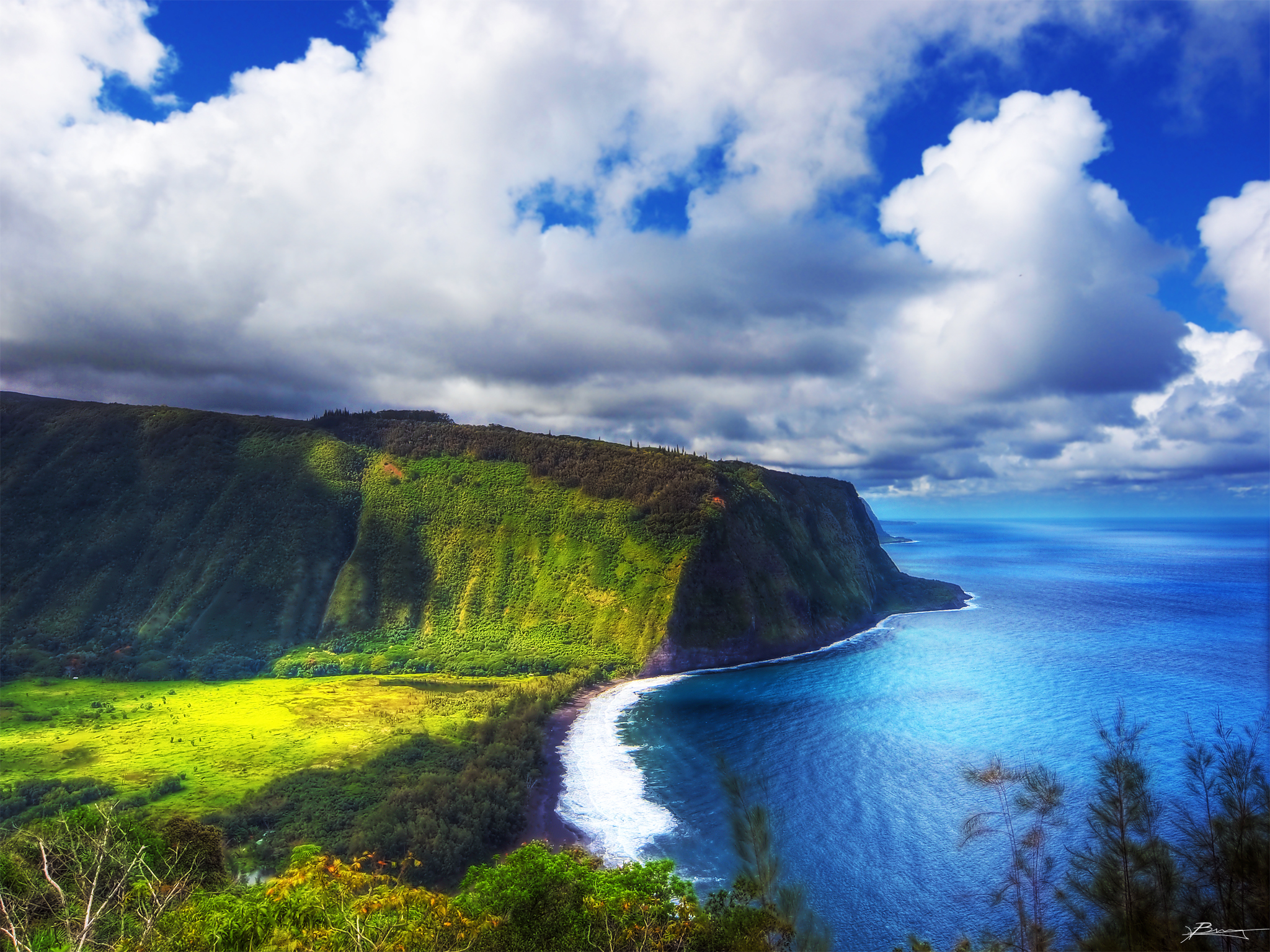
This isn’t just any remote valley – it’s known as the “Valley of the Kings” for profound historical reasons. It was once the home of many high-ranking aliʻi (chiefs), including King Kamehameha I, who unified the Hawaiian Islands. Waipiʻo Valley earned its royal moniker due to its historic role as a center of political and spiritual power in ancient Hawaiʻi. It was once the home of many high-ranking aliʻi (chiefs), including King Kamehameha I, who unified the Hawaiian Islands.
King Kamehameha received a statue of his war god, Ku, here and was told he would one day rule the islands. The Valley of the Kings was where Kamehameha the Great was declared the future ruler of all the Hawaiian Islands by the war god Kukailimoku. This made Waipio Valley a tempting target for the warring Kings from Kauai and Maui and led to a desecration of the temples here that would set into motion the great battles between the islands that would eventually result in the victory of Kamehameha and a united Hawaii. The valley holds the power that forged a nation.
A Population That Vanished

The scale of life that once thrived here is staggering. Oral histories of Waipio claim that anywhere between 4,000 and 10,000 people inhabited the valley before the arrival of Captain Cook in 1778. Today, the area is sparsely populated, however, as many as 10,000 people once lived in the beautiful Valley of the Kings. It’s estimated that just before the arrival of European explorers, around 2600 native Hawaiians still lived in the valley.
Waipiʻo Valley was once the home of thousands of Native Hawaiians. Today, there are less than 100 residents living amongst the waterfalls, taro fields and rivers permeating the valley. What happened to transform this thriving community into one of Hawaii’s most isolated places was both natural disaster and the inevitable march of modernization. However, in 1946, life on the Big Island changed when a devastating tsunami hit this side of the island.
Sacred Burial Grounds and Spiritual Power
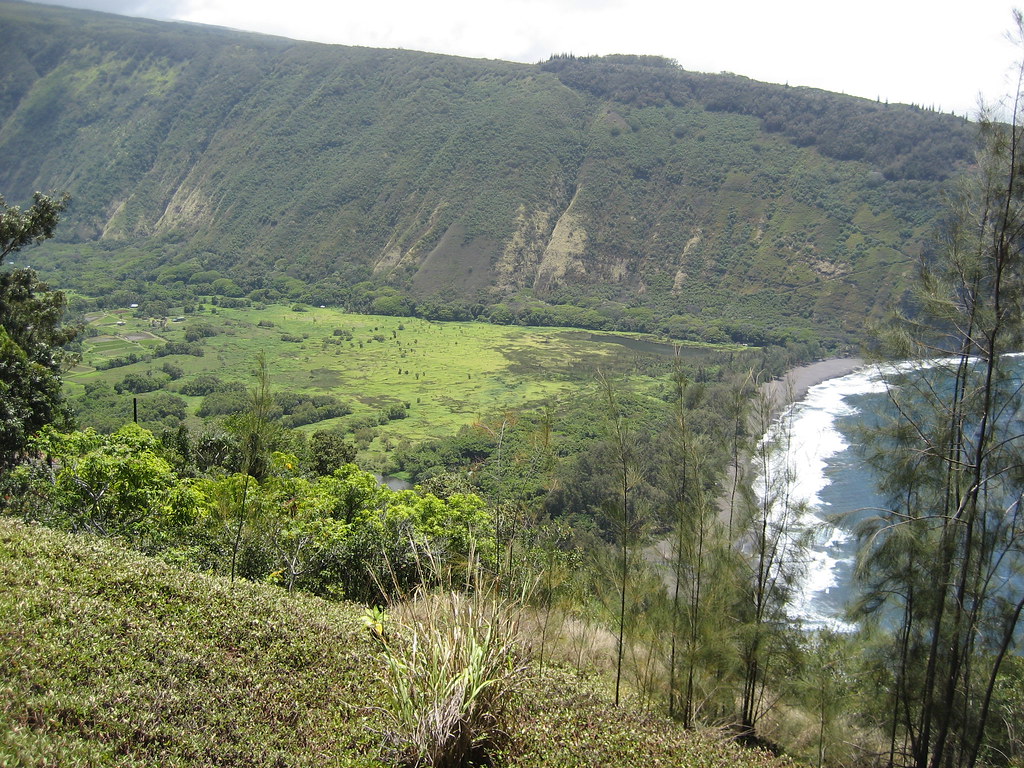
The valley’s isolation protects more than just its residents – it guards centuries of sacred history. So many generations of Hawaiians have lived and died in Waipio that it is considered to be full of their mana (spiritual power). In fact, the cliffs of the valley were often used as burial sites for rulers and chiefs. The spiritual quality of Waipio is further enhanced by the presence of several heiaus, including a place of refuge similar to Pu’uhonua o Honaunau on the south part of the island.
Numerous heiau (sacred temples) once dotted the valley, and it was believed to be watched over by the gods. Hawaiian oral traditions tell stories of divine encounters, powerful sorcery, and legendary battles that took place here. It is said that only the most sacred chiefs could live in Waipiʻo, and that the valley was a resting place for their spirits. The valley’s physical isolation now serves to protect its spiritual significance from the pressures of modern tourism.
Waterfalls That Define Paradise
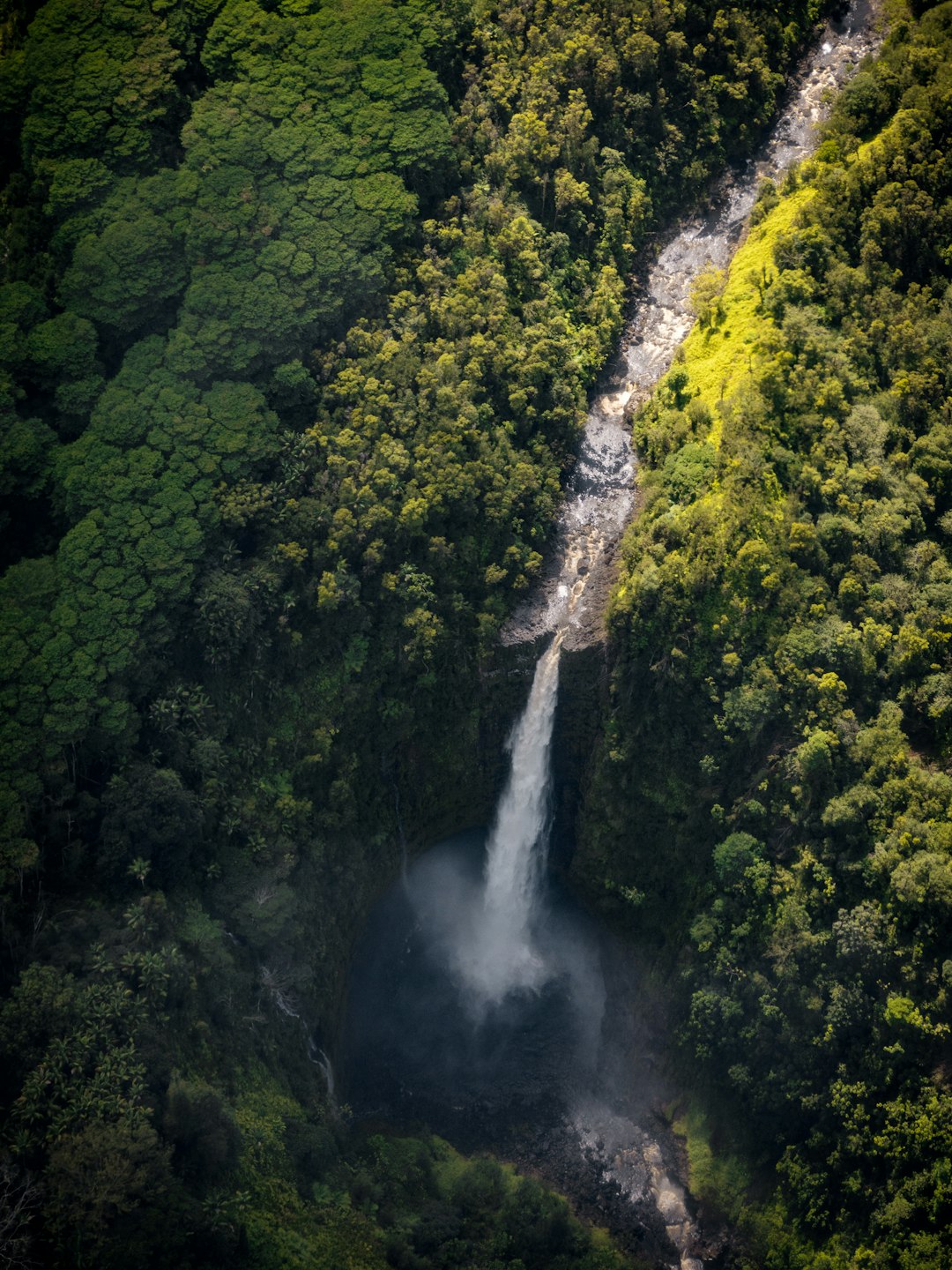
The valley’s natural beauty centers around some of Hawaii’s most spectacular waterfalls. The crown jewel is Hi’ilawe Falls, which plunges an impressive 1,200 feet, making it one of the tallest waterfalls in the state. Surrounded by lush tropical vegetation, Hi’ilawe Falls is a sight to behold, whether viewed from the valley floor or the Waipio Valley Lookout. Hiʻilawe Falls, one of the tallest and most majestic waterfalls in Hawaiʻi, plunges nearly 1,500 feet from the cliffs above.
Another notable waterfall is Kaluahine Falls, which can be seen from the beautiful black sand beach. This seasonal waterfall appears after heavy rains, creating a magical and rare spectacle. Unlike Hi’ilawe, Kaluahine Falls doesn’t always appear—it’s one of Waipi’o’s ephemeral waterfalls, meaning it only flows after heavy rain. But when it does, it’s a sight to behold. These waterfalls exist in a realm where nature still dictates the terms of human access.
The Curved Water That Named Paradise
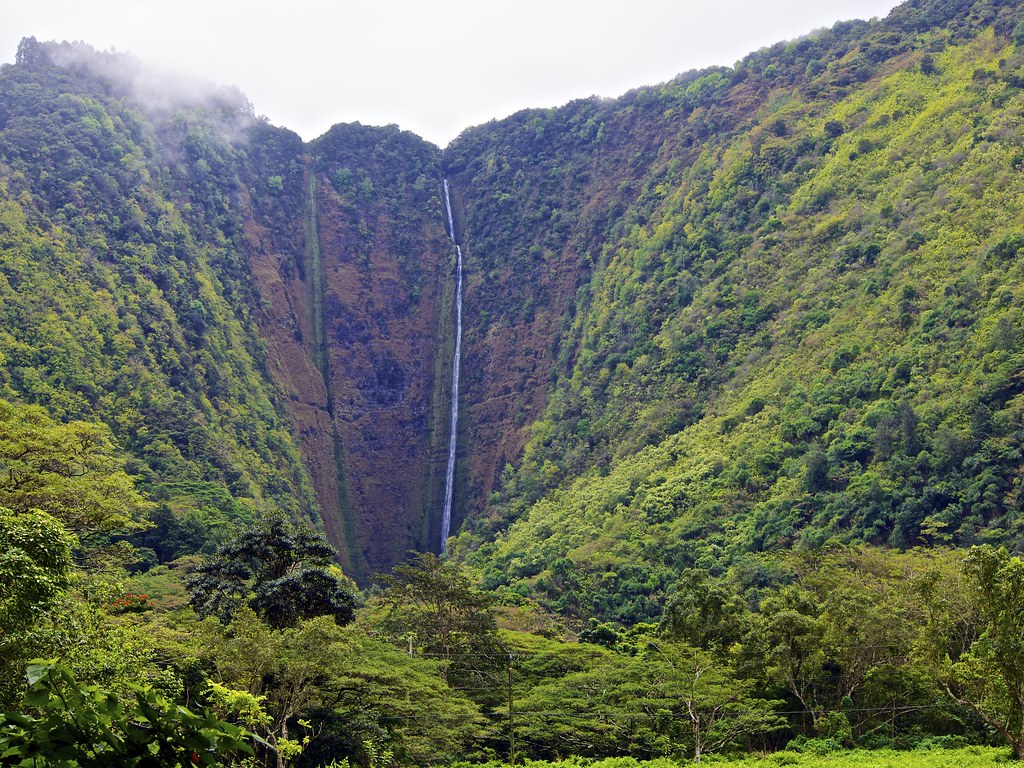
In the Hawaiian language, “Waipiʻo” means curved water. The valley’s name, Waipiʻo, translates to “curved water” in Hawaiian—a nod to the winding river that snakes its way through the valley floor before meeting the sea. Waipi’o (or Waipio) Valley is named after the meandering Wailoa Stream that runs through the valley (wai-piʻo means curved water in the Hawaiian language) and is about one mile wide and six miles deep.
Towards the back the valley splits into many ‘fingers’, each one with its own waterfall. The valley meets the ocean towards the north with a beautiful black sand beach that is cut in two by the river. This meandering waterway serves as the valley’s lifeline, connecting the towering waterfalls at its head to the black sand beach where it meets the Pacific Ocean. Without roads, this river system becomes even more crucial for understanding the valley’s geography.
Modern Farming in an Ancient Land
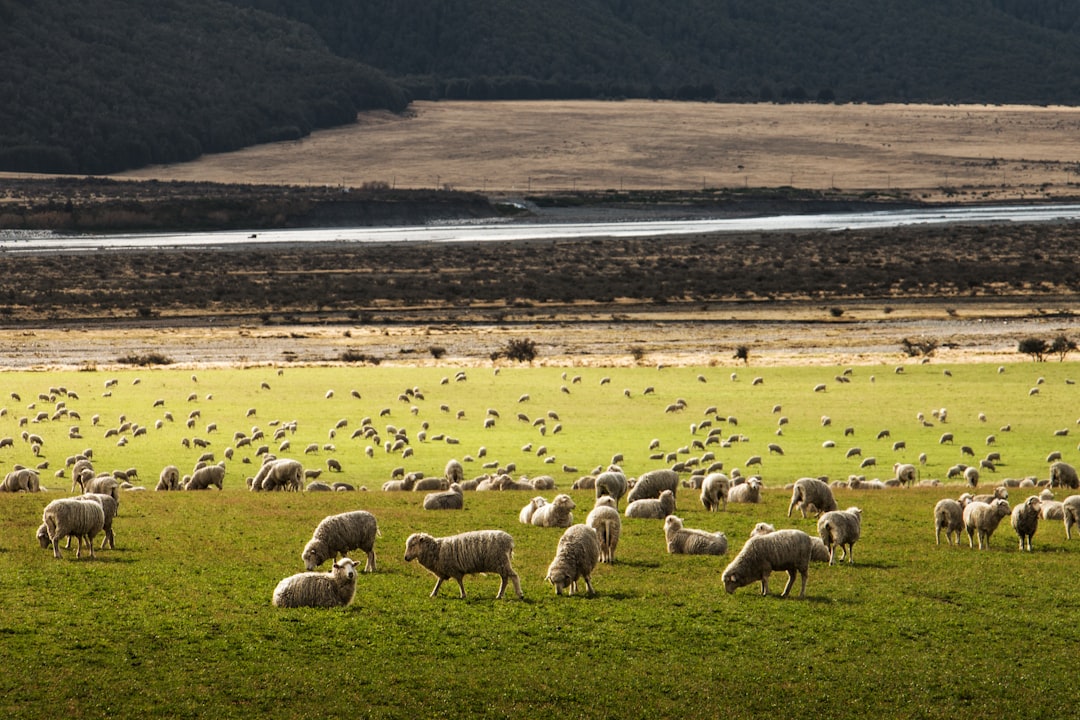
Despite its isolation, Waipio Valley continues to support agriculture as it has for centuries. Despite its remote nature, Waipi’o is still home to local farmers and caretakers who preserve Hawaiian traditions. Many families still grow kalo (taro) using ancient methods. Today, only a small group of residents and farmers remain, many of whom are stewards of Hawaiian culture and land practices. They continue to grow kalo and care for this sacred place, often with deep ancestral ties to the valley.
The area was historically home to a productive farming and fishing village, growing around 1200 acres of taro and tending to fruit orchards, fish ponds and pasture animals. This agricultural tradition continues today on a smaller scale, with taro fields serving as living connections to the valley’s royal past. The farmers who remain represent some of the last people with daily access to this increasingly isolated paradise.
The Dangerous Black Sand Beach
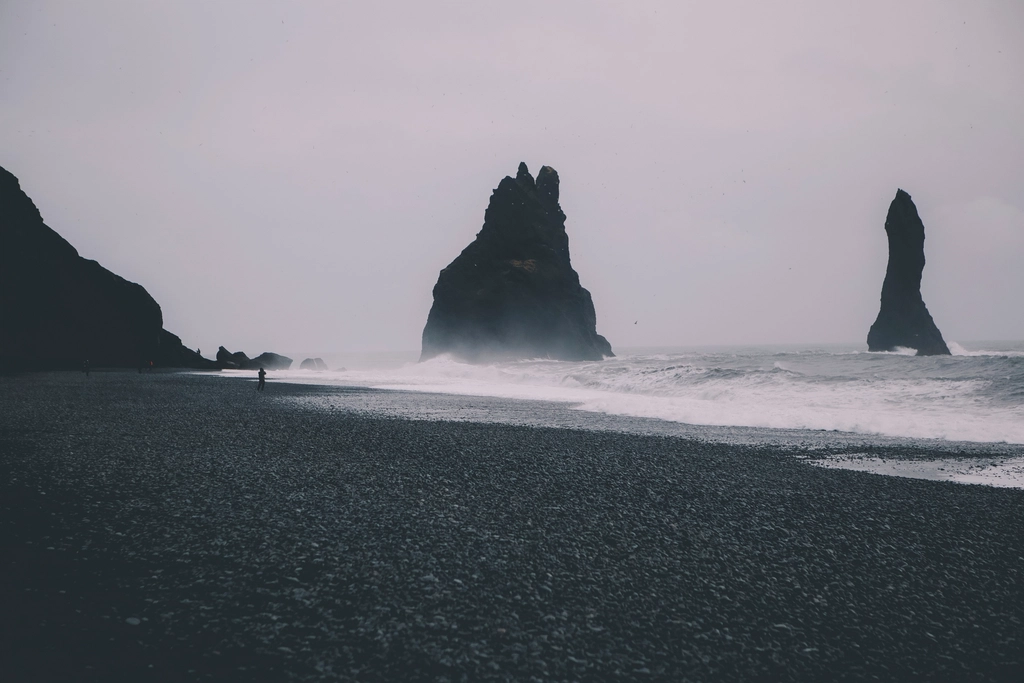
At the valley’s ocean terminus lies one of Hawaii’s more treacherous beaches. The raw beauty of Waipio Beach is stunning, but swimming here can be dangerous. As with many Hawaiian beaches, the surf can be high and rip tides treacherous. The shore line in the valley is a black sand beach, popular with surfers. This black sand beach represents the dramatic meeting point between the valley’s rivers and the Pacific Ocean.
Make sure to exercise extreme caution while walking along the coast. Never turn your back on the ocean and try to attempt the hike at low tide. The beach’s isolation adds another layer of danger – help is far away, and reaching it requires navigating the valley’s challenging terrain or the now-restricted road access.
Fighting for Access Rights
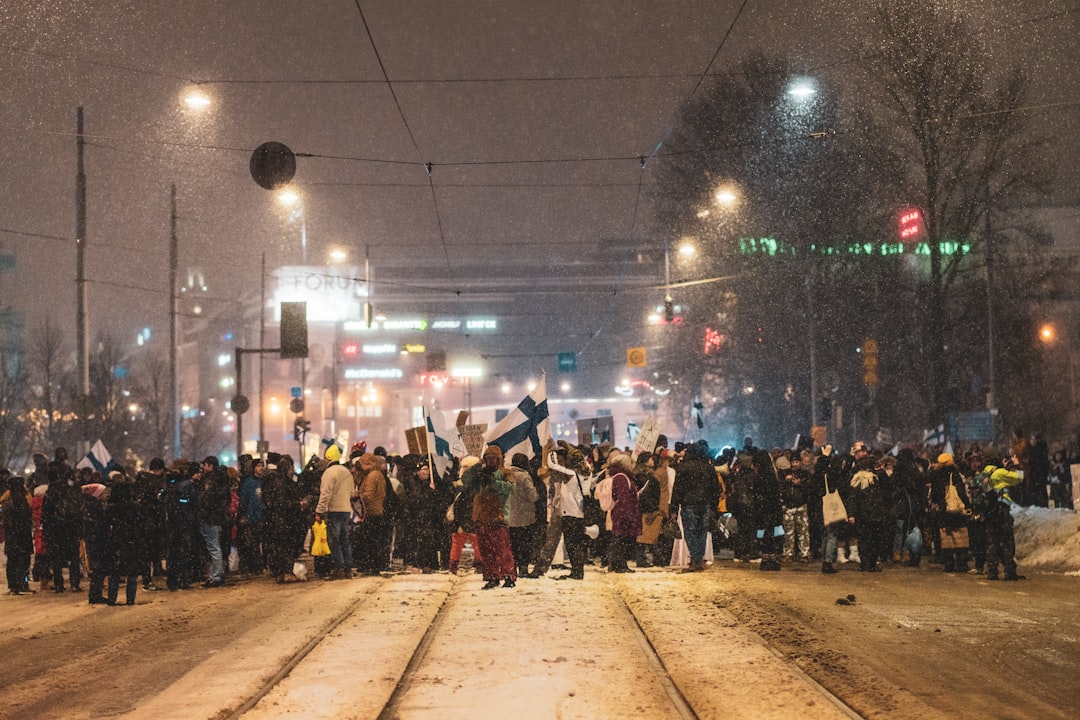
The valley’s closure sparked significant controversy and legal battles. The closure caught many people off guard and sparked protests and litigation from residents who regularly visit Waipio including cultural practitioners, surfers, fishermen, recreational users and others. Protesters on Monday said Roth’s decision to reopen the road to certain groups is wrong and was made without their consultation. “This lack of due process to consider the input from Waipio kupuna, farmers and ohana in making decisions that impact them and the valley can not and will no longer be tolerated,” protesters said in a joint statement, issued by a group called Protect Waipio Valley.
On April 26, 2022, a group of Big Island residents announced they would be suing Mayor Mitch Roth and Hawaii County’s Public Works Director Ikaika Rodenhurst over the closure of the road. The plaintiffs argued that the closure of Waipio Valley Road to all but residents violated their constitutional rights to equal protection against intentional and arbitrary discrimination. After mediation, the mayor amended the proclamation. The access to the valley floor with a covered 4WD vehicle was reopened September 19, 2022 for Big Island residents, county-permitted tour company operators and those seeking to practice their Native Hawaiian traditional or customary rights. These legal battles highlight the tension between safety concerns and cultural access rights.
A Valley Frozen in Time
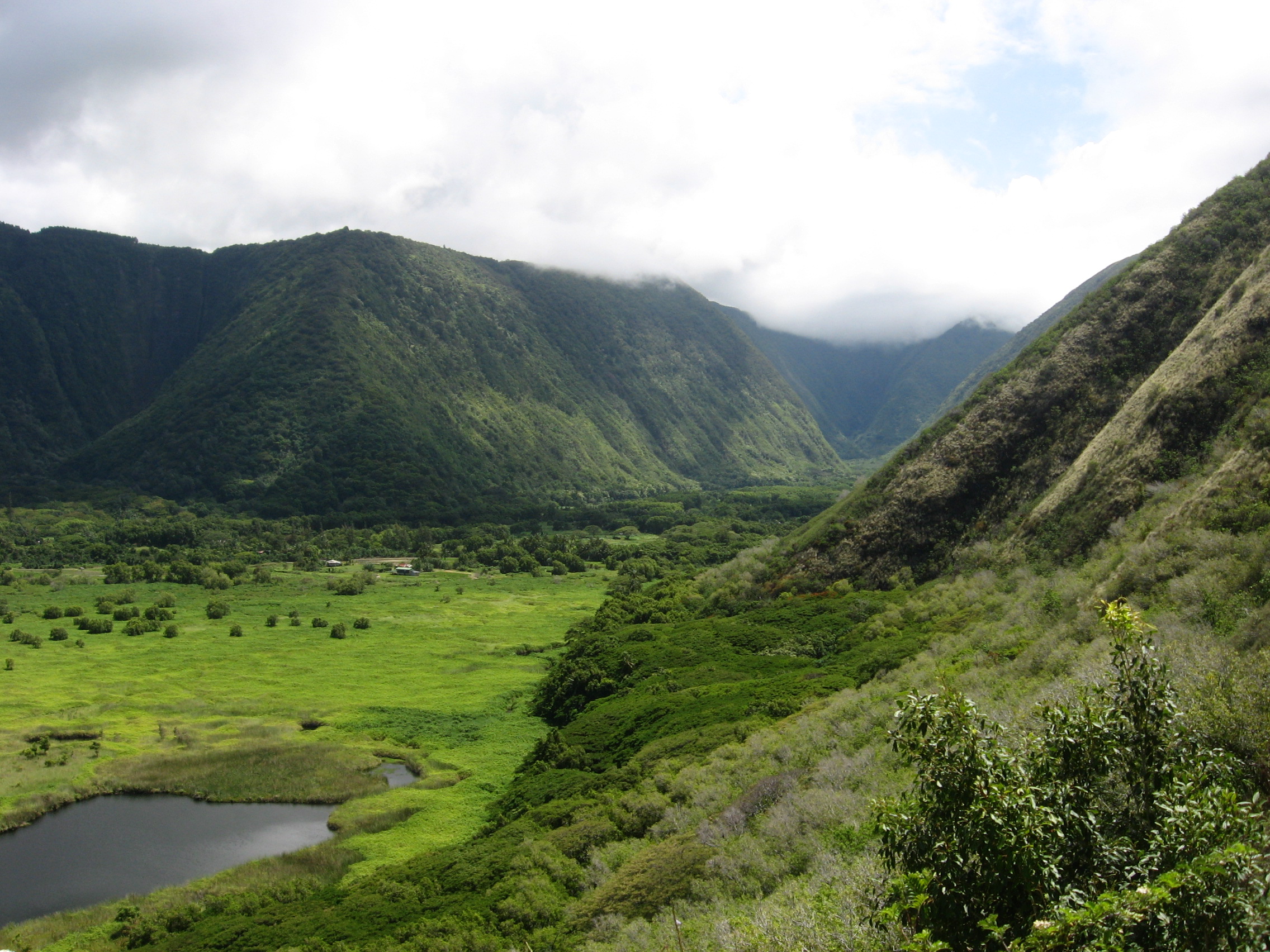
Though quieter now, Waipiʻo is far from forgotten. It remains a revered site for Native Hawaiians, cultural practitioners, and historians. Visiting Waipiʻo means entering a living history book — one where stories are still told in the rustling taro leaves, cascading waterfalls, and whispering winds. The valley’s forced isolation has, in many ways, preserved it as a living museum of pre-contact Hawaiian life.
Today, many Hawaiians still regard the valley as a wahi pana—a revered and storied place—and treat it with deep respect. Cultural protocols are observed when visiting, and many descendants of the valley’s original inhabitants continue to live and farm there. Without easy road access, Waipio Valley has become what few places on Earth can claim to be – a sanctuary where ancient ways of life continue largely undisturbed by the modern world.
The valley that once hosted thousands of residents and welcomed hundreds of daily visitors now stands as Hawaii’s most protected secret. While the overlook remains accessible to visitors, the valley floor exists in a state of enforced isolation that has preserved its character like nowhere else in the Hawaiian Islands. In losing its roads, Waipio Valley has found something perhaps more valuable – the space to remain authentically itself.

